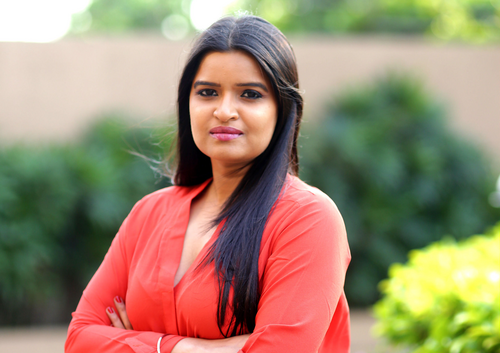Women and money
Financial literacy and inclusion must bridge the gap between men and women and equip the latter with essential economic tools for life

A few months ago, an advertisement by a leading fintech platform showed a social experiment that had been conducted with 30 men and women from different age groups and backgrounds standing in a line. Initially, they were asked simple questions such as if they had learned to ride a bicycle by the age of 10, could they prepare tea or breakfast, did they learn to iron their clothes while in school? A 'yes' would mean a step forward and 'no' a step back. But when the questions were focused on financial literacy, the women in the group were most certainly left behind. Did they know gold rates, do they invest for their family and spouse, can they buy insurance without help? At the end of the advertisement, only men finished at the top of the line. This brilliant ad should justifiably cause some ripples in society. Women, even though often held responsible for managing complex household expenses on limited budgets, otherwise have little understanding of finances. This mindset or gap between men and women needs to be understood and addressed.
I see this in all social circles. In mine, for example, it's impossible to find a woman discussing financial tools, the stock market, or even investments. Even my friends throw up their hands in surrender, 'I just don't understand investments' or 'I'm just not interested'. They are happy to concede that I understand more than them. To be honest, I understand the bare essentials, read a bit, and use a financial advisor to answer my queries. But I do have the eagerness to handle my own finances. A few acquaintances tell me that they do invest but know zilch about it because first, it was their fathers handling their finances, and now their husbands do. Lower down the economic strata, female domestic staff don't have the requisite education.
This lack of financial interest and literacy is a deep-seated one, which has its roots in our sociological practices. Financial matters are projected as complicated, difficult, incomprehensible subjects — not for a woman they say. There is little attempt to break the gender stereotypes surrounding them too. Life insurance ads will admonish a man for not thinking about securing his wife and child's future by insuring his life. A man again is shown buying a house or car for his parents or immediate family. The insurance salesperson is also always a man selling his goods to another man. The target audience for these ads are men since they are the largest consumers; no one topples the apple cart.
There is also an innate, conscious gendering of the knowledge of financial tools. Conversations surrounding money and investments are less likely to have female participants. Discussing finances isn't deemed 'fashionable' -— how many women will be discussing cryptocurrency at a party versus men? Awareness of financial tools is even considered 'unfeminine' — it's easy to fit into the box constructed by men for women and say 'we don't understand the difference between SIPs and mutual funds' because no one penalises a woman for not knowing about insurance policies. But she'll definitely be scoffed at for not knowing how to cook! These are the roles that we have structured for women where they may be running homes at shoe-string budgets but their financial ignorance won't raise an eyebrow.
These misdirected notions have been set in place by patriarchal powers that loathe the financial independence of women. If a woman understands how money works, knows how to earn it, and learns to make it work for her, it would cause the collapse of the age-old power equation between men and women, where the former is the provider and planner of the family, and the latter a willing co-passenger in life who is otherwise completely dependent on the man in money matters.
Unequal gender roles must be rectified with financial inclusion providing women with essential tools that will strengthen their standing at home and in the world. With greater knowledge and awareness of using financial tools for asset creation and growth of wealth, women will also be able to tide over challenging financial times, and will also make a meaningful contribution to the country's economic growth. The International Labour Organisation (ILO) states that 56 per cent of the female workforce around the world don't have bank accounts, and therefore, don't have control over their monies. A study by UN Women and the World Bank show that women between 20 and 34 years of age are more likely to be poor than men. Divorce, separation, and widowhood are also twice as likely to render women poor in the 18-49 age group. In India, 62 per cent of women or 411 million have no bank accounts or have limited access to banking, says the World Economic Forum's (WEF) 'Global Gender gap Report'. Only 33 per cent of women compared to 64 per cent of men take independent investment decisions, according to the DSP Winvestor Pulse survey. Even this 33 per cent was able to do so due to encouragement from husbands and parents.
Women must understand and appreciate the need for financial literacy. Awareness programs, greater women-focused financial schemes, and pro-women advertisements can help bridge the gap. For the insurers and banks, it's a win-win situation as they target a huge, untapped pool of new customers. But what do we do about the apathy that educated women show towards financial literacy? Perhaps it's time we deem it 'uncool' to be financially uninformed.
The writer is an author and media entrepreneur. Views expressed are personal



